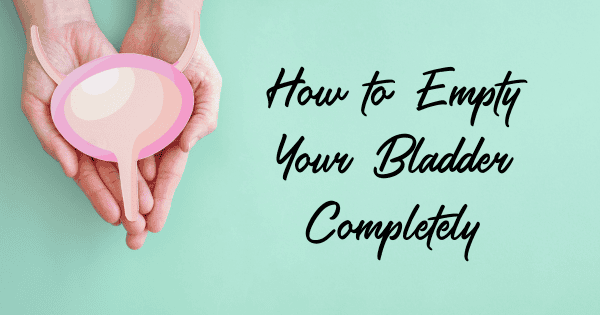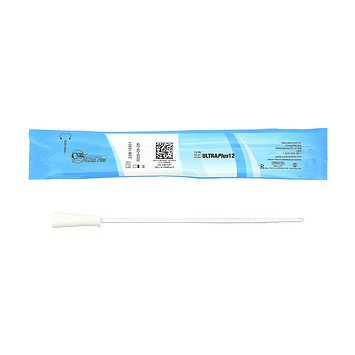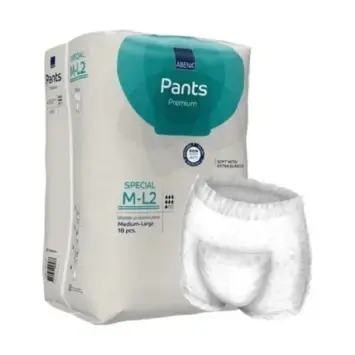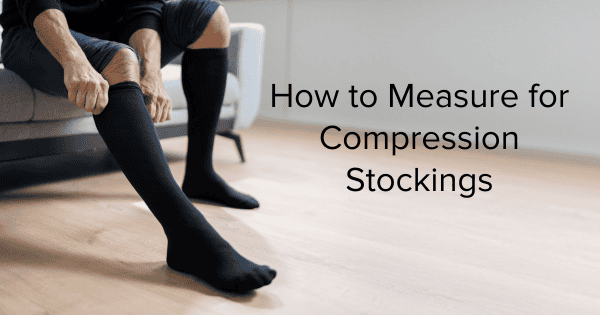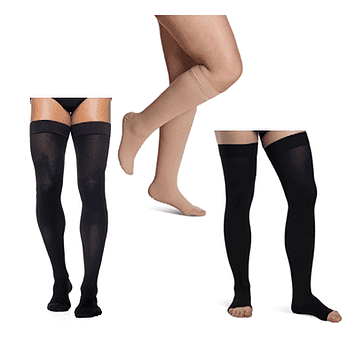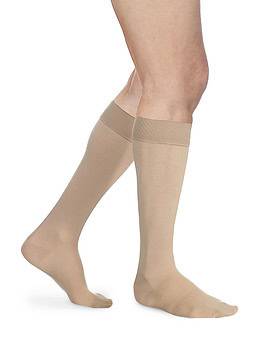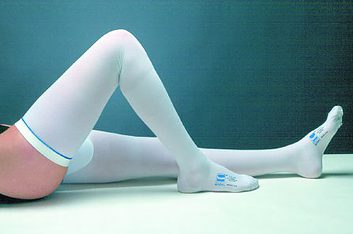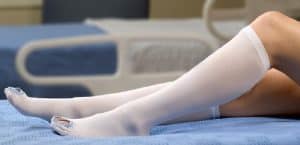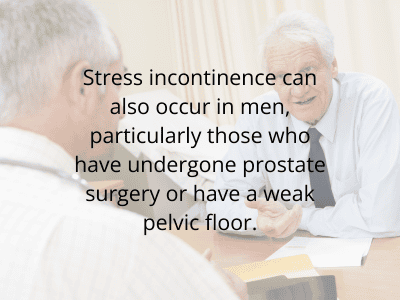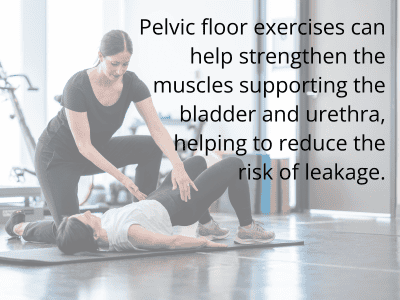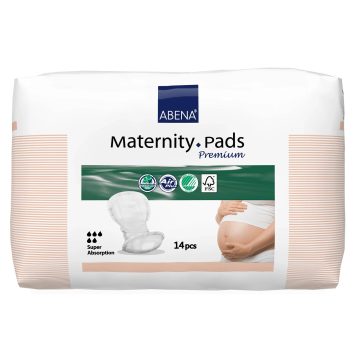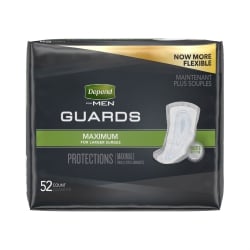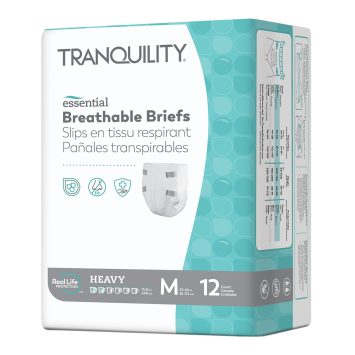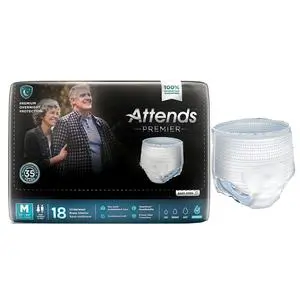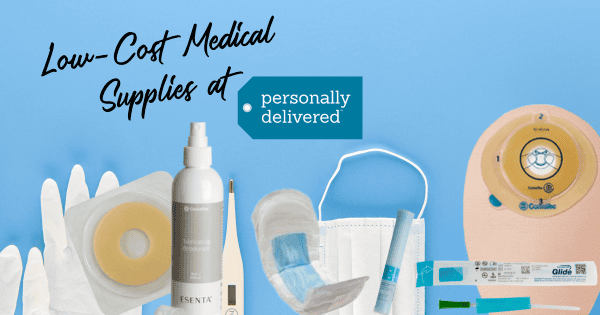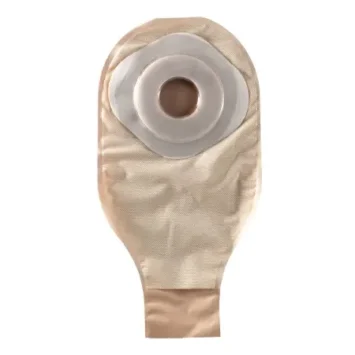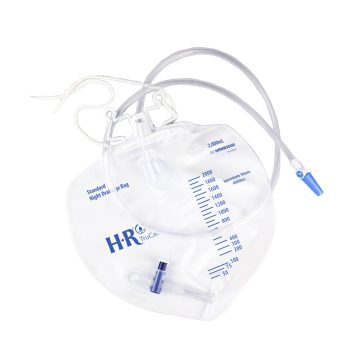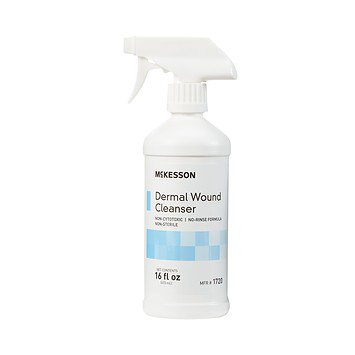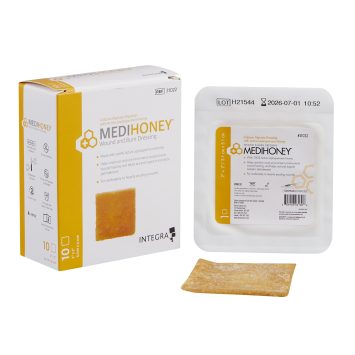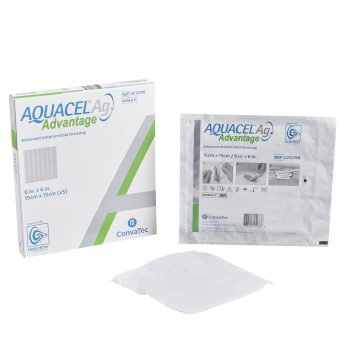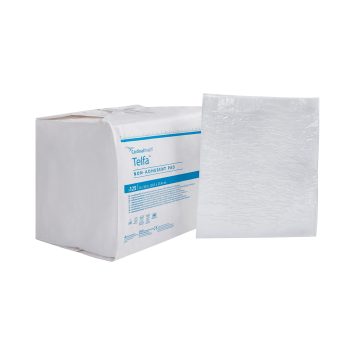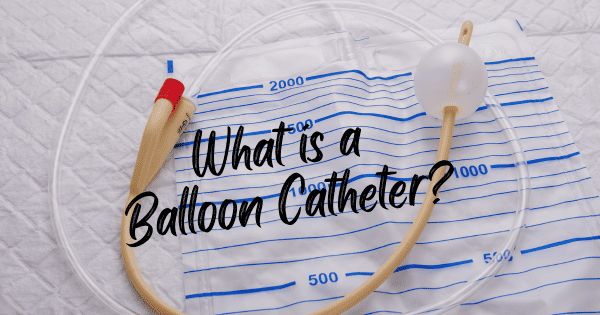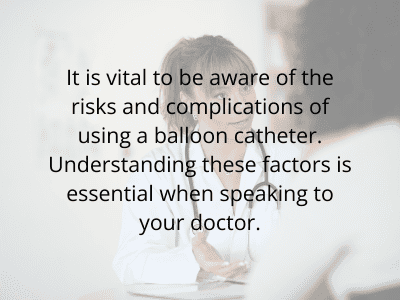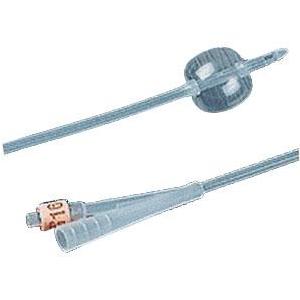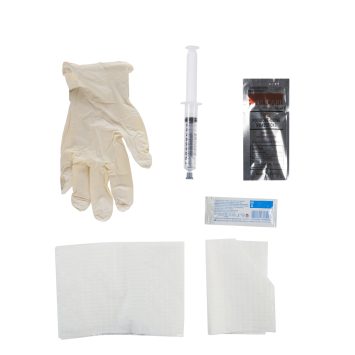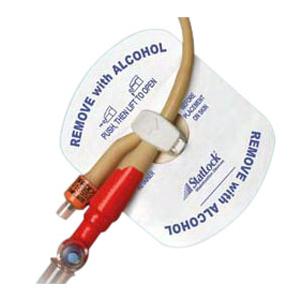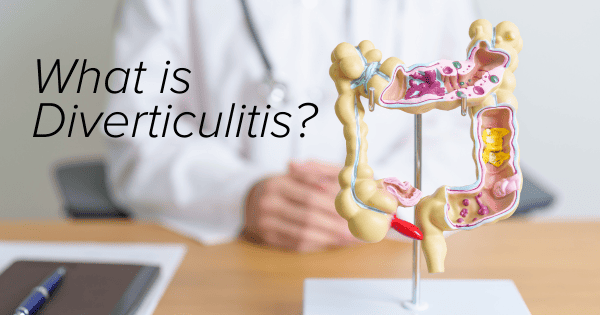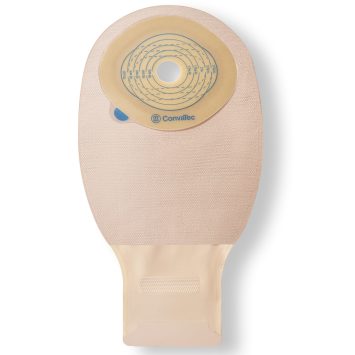When it comes to managing incontinence, choosing the right products is vital. Here at Personally Delivered, we are committed to helping you find the best solution for your needs. This blog focuses on our recommendations on selecting the best ones for your unique circumstances.
Understanding the different types of incontinence pads and their specific needs is vital. We will discuss the essential features to consider when choosing incontinence pads, ensuring you get the best protection, discretion, and comfort.
We will also share our top recommendations for the best incontinence pads available. Our selection is based on quality, comfort, and reliability, assisting you in finding the perfect pads for your specific needs. Trust Personally Delivered will guide you in finding the ultimate answer to the question, “What are the best pads for incontinence?”
Understanding Incontinence and the Importance of Choosing the Right Pads
Incontinence, a condition affecting millions worldwide, is the involuntary loss of urine or feces. This problem can be due to weakened pelvic floor muscles, nerve damage, or certain medical conditions. Understanding the types and causes of incontinence is crucial to identifying the best bladder control pads.
Incontinence can be categorized into stress, urge, overflow, and functional types. Each type has specific requirements when selecting the best pad for incontinence. High absorbency pads can hold more liquid, offering better protection. The size and shape of the pad ensure a proper fit and coverage for comfort and discretion.
At Personally Delivered, we understand the importance of choosing the best pads for incontinence. We offer a wide range of pads designed for excellent protection and comfort. Our pads, made with advanced absorbent materials, incorporate innovative designs to prevent leaks and odors. We are dedicated to customer satisfaction, catering to each individual’s unique needs.
Key Features to Consider in the Best Incontinence Pads
Choosing the right incontinence pad can improve your comfort, confidence, and well-being. Here are some features to consider when searching for the best bladder control pads:
Absorbency and Leak Protection
An incontinence pad’s absorbency level and ability to prevent leaks are essential. Try opting for pads with high absorbency designed for heavy or overnight use. These pads should have superior leak barriers and innovative core technology to lock in moisture and help you stay dry, keeping the skin healthy.
Odor Control and Skin-Friendly Materials
Try choosing pads with odor-neutralizing properties. Also, ensure the pads are made from hypoallergenic and gentle materials to prevent skin irritation and discomfort.
Size, Shape, and Adhesive Quality
Incontinence pads come in various lengths and shapes for a tailored fit and maximum coverage. Also, ensure the pad has a sturdy adhesive backing that securely attaches to your underwear for confidence and freedom of movement.
Considering these features can help you find the best pads for incontinence that meet your specific needs and provide the comfort and protection you deserve. Browse our selection at Personally Delivered today and find the answer to the question, “What are the best pads for incontinence?”
Our Top Recommendations for the Best Incontinence Pads
Disclaimer: Important Notice Regarding Medical Advice
The information provided in this blog is intended for general informational purposes only and should not be considered a substitute for professional medical advice, diagnosis, or treatment.










